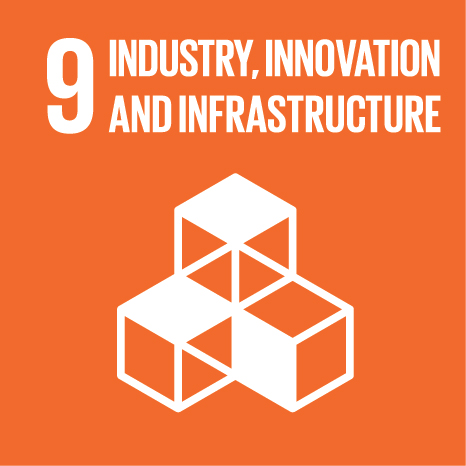 +265(0)111 624 222
+265(0)111 624 222 research@unima.ac.mw
research@unima.ac.mw Chirunga-Zomba, Malawi
Chirunga-Zomba, Malawi
Strengthening Horticultural Innovation Systems for Adaptation to Effects of Urbanisation and Climate Variability in Peri-Urban Areas
Abstract
The significance of urban agriculture is increasingly being recognised across the globe. Urban agriculture’s contribution to food security and poverty reduction, especially for the urban poor, has received increasing attention in urban policy discourses (Satterthwaite et al. in Adapting to climate change in Urban areas; the possibilities and constraints in low- and middle-income countries. IIED, London, 2007; Mutonodzo in Agriculture in urban planning: generating livelihoods and food security. Earthscan, London, 2009; Mkwambisi in Agriculture in urban planning: generating livelihoods and food security. Earthscan, London, Mkwambisi 2009). The impacts of climate change, climate variability and urban growth reduce the benefits derived from agro ecosystem services in peri-urban areas in most developing countries. Peri-urban areas play a significant role in providing ~80% of the vegetables consumed in urban areas of Malawi. However, the vegetable production is dependent on stream water or residual moisture from wetlands, which are being affected by climate change. This study investigated the viability of multi-stakeholder experimentation with sustainable technologies for improving vegetable production in a peri-urban setting experiencing water shortages due to climate change and variability in the Mulanje district in Southern Malawi. Using a participatory action research (PAR) approach, farmers, researchers, extensionists and village leaders worked together to source, test and evaluate various different horticultural production practices. Over a two-year period, they experimented with technologies such as bag (vertical) gardening, differential use of manure and fertiliser, new crops and crop varieties, seed bed preparation techniques and judicial use of pesticides. Those practices identified as successful in 2011 were replicated in 2012 for further evaluation. In general, the study found considerable improvements in vegetable production resulting from the improved agronomic practices. Further, many farmers found bag gardening more convenient due to reduced irrigation requirements, lower labor demands, all year round seasonal production, ease of access and crop security. Improved quality of produce, earlier harvest and increased total number of harvests of leafy vegetables due to manure incorporation, use of improved varieties and high yields in general were among other advantages that were realised. In addition, the technologies promoted minimal use of chemicals, which resulted in reduced seepage of inputs, thereby maintaining agro-ecosystem health. Most communities in the area have adopted the technologies as strategies for climate change adaptation. Scaling up these practices can therefore improve vegetable supply challenges arising from urbanisation, climate change and variability while reducing impacts on agro-ecosystem services.
| Original language | en |
| Pages (from-to) | 137-156 |
| Publication status | Published - 2020 |
UN SDGs
This research output contributes to the following United Nations (UN) Sustainable Development Goals (SDGs)

License
http://www.springer.com/tdmUN SDGs
This research output contributes to the following United Nations (UN) Sustainable Development Goals (SDGs)

License
http://www.springer.com/tdmUN SDGs
This research output contributes to the following United Nations (UN) Sustainable Development Goals (SDGs)

License
http://www.springer.com/tdm